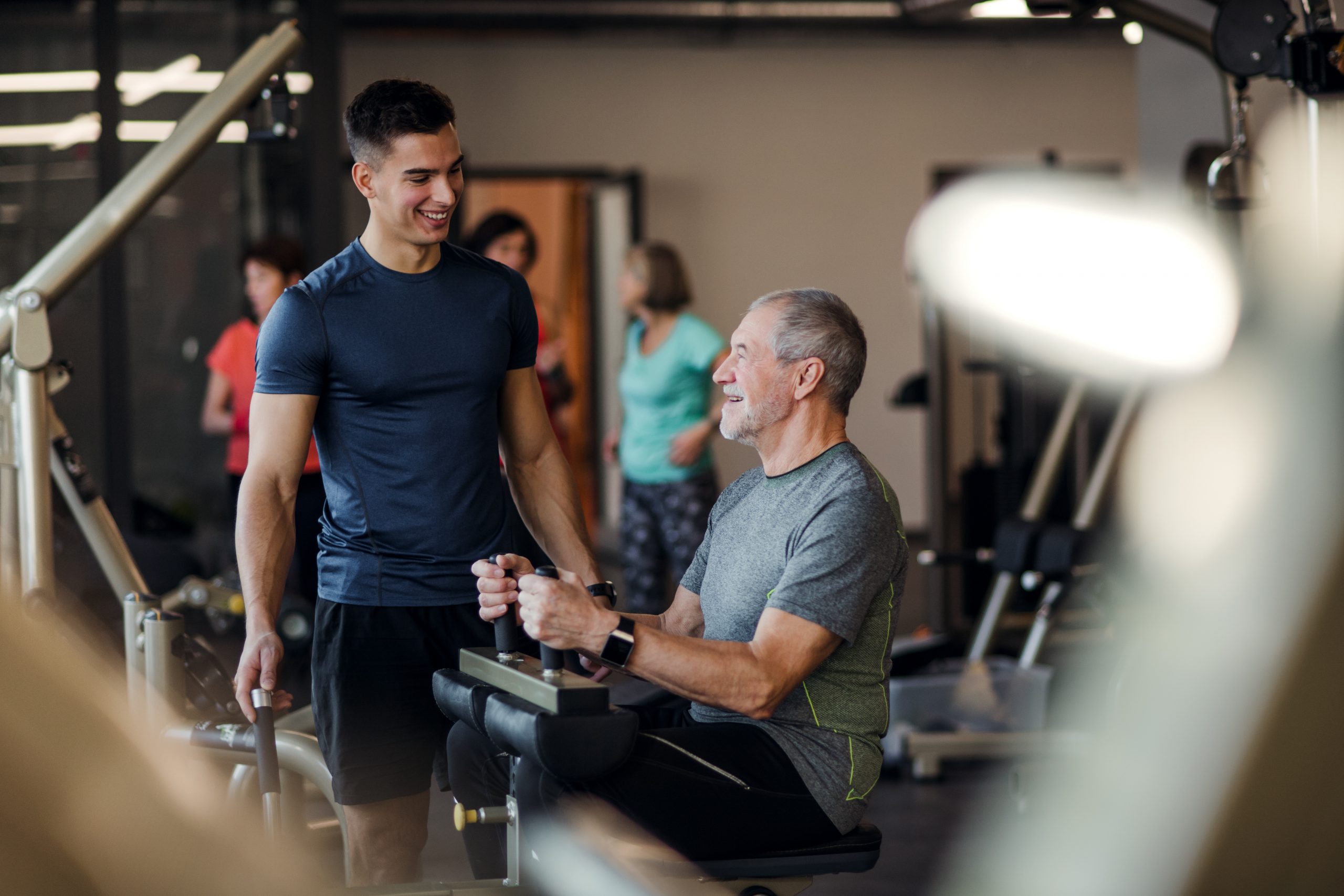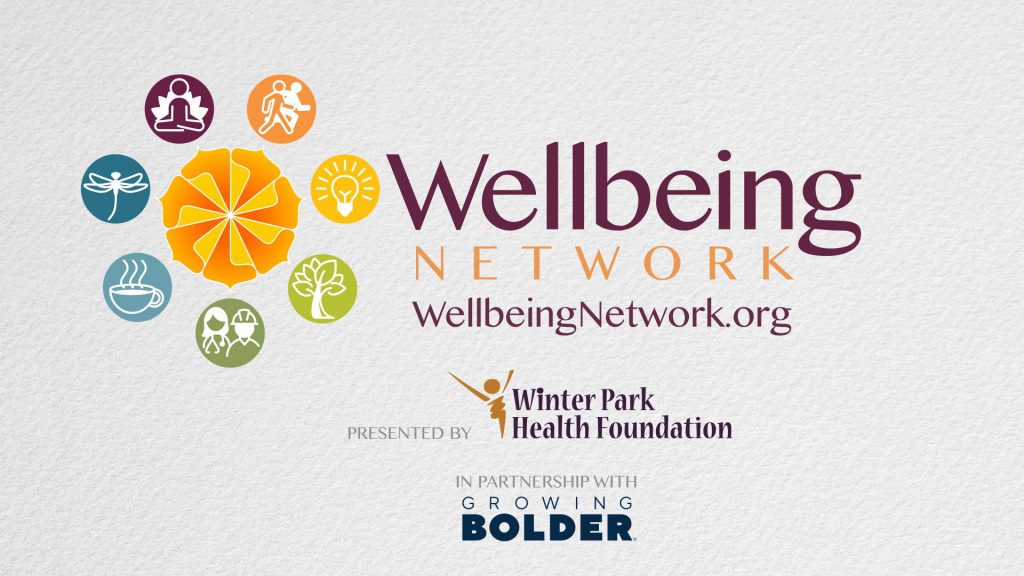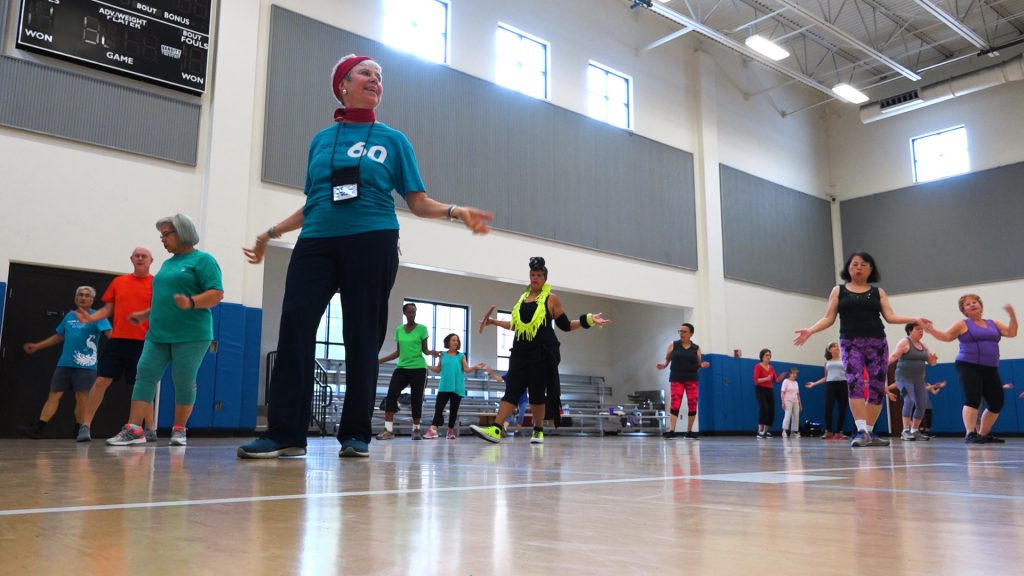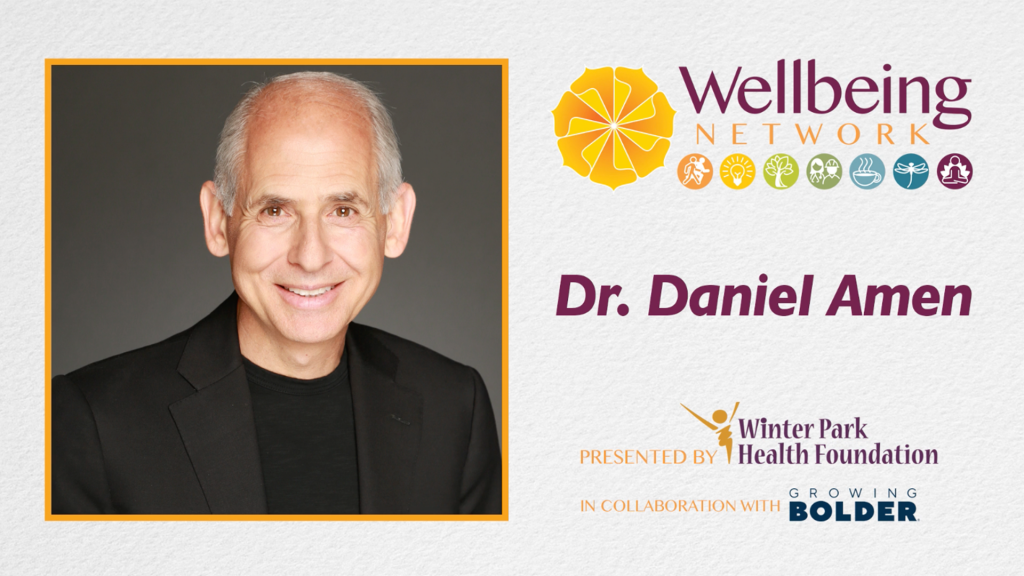The Science of Fitness: A Look at Training Adaptations and What They Mean to Your Workout
Posted June 16, 2021 | By admin

It’s June 1, 2021. The last time you were here was in April of 2020. The summer is coming and it’s going to get too hot to be outside, what better time than now to return to the gym? You want to have more energy, lose some weight, feel stronger, sleep better, eat cleaner, and the list goes on. So, you make it a goal to visit the Peggy & Philip B. Crosby Wellness Center three times a week for the upcoming months. Even picked up some personal training to help you get into the swing of things. In your first session back, you take a look at the leg press and you remember a time where you were able to lift fifty pounds. You lift twenty pounds. You make your rounds on a couple more machines, and lastly cool down on the treadmill.
Finally, it’s over…you feel the soreness settle in, and notice the differences between this year and last year. Can we say, OUCH?! This is your body is responding to stress. We’re familiar with stress that may stem from your work, family, relationships, life changes, finances, and overall health – we can consider those stressors to be psychological or emotional. Our emotional responses to psychological stress factors may include anxiety, fear, anger, depression. However, stress is not limited to psychological or emotional. It can also take a variety of physical forms – neural, biochemical, mechanical, or physiological. In the case of your return to the gym, we might have a combination of several physical stress forms.
What does this mean?
After your finish your first session, you will probably have a better idea of your current level of fitness. Let’s call this your “baseline.” In exercise, the overall goal is to delay the onset of fatigue, like being able to lift more weight, lift for a longer duration, run at a higher speed, or run for a longer duration. You start at a baseline level of fitness with the intent to attain new levels or adapt. To do this, the body undergoes stages of responding to stress. These stages can be considered alarm, resistance, and super compensation stages using Seyle’s General Adaptation Syndrome mode, seen diagramed below.
What the Seyle’s General Syndrome Model Tells Us
Any time the body experiences a new or more intense stress or demand (exercise bout) than previously applied it will have an initial response or “alarm” phase. This results in soreness, stiffness, and overall accumulation of fatigue that may last hours or even days. Slowly but surely, the body will start to recover and prepare for the next exercise bout, thus returning to a homeostatic state, the resistance phase. Finally, the super compensation phase happens when the body exceeds its previous baseline level of fitness. For instance, during your third personal training session, instead of completing 20 floors on the stair stepper you are able to complete 25 floors prior to needing rest. Remember, the overall goal during exercise and training is to be able to delay the onset of fatigue. This is a good representation of your level of fitness.

Aerobic versus Anaerobic Training Adaptations
There are two types of training that can take place, aerobic and anaerobic. Aerobic training involves exercise that is performed for long periods of time without excessive fatigue (cardiovascular endurance) and at low to moderate intensities. It can also consist of muscular endurance that consists of lifting low to moderate weight for many repetitions, like 15 repetitions of body weight squats.
Anaerobic training is quite the opposite. Anaerobic training involves exercise that is performed with speed and leads to fatigue faster than aerobic training, like a 20-m sprint. It can also entail muscular strength that consist of lifting moderate to heavy weight for a small number of repetitions. These training types may lead to similar and contrasting adaptations in the body.
What are adaptations and what can we expect from them?
Personal trainers also often observe acute or chronic responses or adaptations. According to NSCA’s Essentials of Personal Training, acute adaptations correspond to the “short-term changes that occur during or immediately after a training session.” Chronic adaptations are “long term changes in structure and function of the body” because of exercise training. Some adaptations may consist of the following: cardiovascular, respiratory, metabolic, musculoskeletal, structural, neural, or mechanical.
After the first session with your personal trainer, you will see changes in metabolic and muscular activity. For instance, you will observe a decrease in energy following your bout of resistance training known as a decrease in ATP concentration. Adenosine triphosphate (ATP) is the fuel that we obtain from food and beverages to live. You will observe there is an increase in hydrogen ions and lactate floating around the muscle which contributes to the burning sensation or soreness you experience in the muscles. You will observe an increase in cortisol signaling due to the muscle damage that has occurred following your lifts. Now, with proper recovery, we can address these acute responses and continue to move into the super compensation stage, when the real change happens = a new baseline level of fitness.
About the Author

Bri-Ana is a fitness specialist and personal trainer at the Crosby Wellness Center in Winter Park, FL. She is a graduate of the University of Central Florida (UCF) with a Master of Science degree in Kinesiology. During her tenure at UCF as a teaching associate, she led a personal fitness course for undergraduate students. She has conducted and participated in research for Exercise Science. Her experiences as an athlete and student have driven her to become a certified personal trainer through the National Strength and Conditioning Association. In her leisure, Bri-Ana enjoys being a basketball coach at the middle and high school level.
Take Your Wellbeing a Step Further with These Related Resources from the Wellbeing Network
Learn: How to Make Your Workout Effective with Heart Rate Zones
Engage: Know Your Healthy Numbers for a Better Body and Brain
Inspire: Stretch Your Mind, Body and Spirit



